.
Cleaning the Shuttle Race
Page 25 from the Intruction Book for my *'Novum Deluxe IX' vintage sewing machine
If you recall, she kept tangling thread trapped underneath the feed dogs, and around the shuttle during sewing Hubby's new
Ooo Rah Wallet. This meant the machine would stop in the middle of a stitch :(! And, the last time I detangled her the retaining ring and shuttle fell out when I accidentally knocked them as I removed the bobbin and case to get a clear view of the tangling.
I kept putting the parts back in correctly (or so I thought): shuttle, retaining ring, then bobbin in it's case. But the machine wouldn't move the needle up/down. It would go down and stay down and not budge. I figured I'd screwed-up the timing or something repair-shop worthy (gulp!). So, after an 'ickle panic on that Friday I decided to go to bed and deal with it in the morning - things always look better in the morning right?
I managed to find the manual - which is now scanned to file for safe keeping too ;). In the first picture at the top above you can see what they say about cleaning the shuttle race section.Can you see in their diagram how they don't show you the position of the shuttle driver (the little banana-shaped thingie)? To slot the shuttle against it correctly (together they form a complete full circle-shape), the driver should be vertically positioned - and to the left-hand side. I had been slotting everything back together with it on the bottom (doh!).
So, I turned the hand wheel towards me, got shuttle driver positioned just right and put all the other parts back inside together - and bingo! The needle moves correctly again - PHEW!!
Here's a few photos of the insides – they’re here, so that if nothing else I can remember how to dis- and re-assemble things again for future. No more mis-aligning things for me please! I rested her on some bits of old cardboard box - 'cause she's heavy and the metal would scratch and damage my table top otherwise, plus it's good for catching any oil-spills too!
01 - Start and End position 02 - Turn levers out
03 - Remove Retaining Ring 04 - Remove Shuttle
Whilst I had Ms. Novum out of her plastic base and her parts exposed (
no sniggering at the back please!), I thought the least she deserved was a clean up and oil.
I cut up some small pieces of J-Cloth, because it's lint-free and won't leave deposits of loose fibres everywhere. After all, no point in cleaning out old lint and dirt to leave behind new clean-dirt is there? It'd defeat the point.
I also used some neat little tweezers I had - with a narrow/bent tip. I could fold up the small scraps of J-Cloth into a pointy triangle, dabbed some sewing machine oil onto them (
not to much!) and really dig into all those nooks and crannies.
To be fair, she had very, very little dirt and barely any lint on her. With the tweezers there practically wasn't a spot I couldn't reach; and I got in and around the feed dogs nicely too.
I even found her serial number during the clean-up (I never noticed it before) - it's on the underside.
After her oil up 'n' clean she was running smoother than before - and I managed to finish Hubby's wallet too.
TIP: I have a habit of knocking over things. So, I keep my small bottle of oil in a old clean plastic tub (an old Vanish Detergent tub 1.5kg size - because it's pretty tall). So, the oil lives in something that'll catch any drips/spills - and that tub lives hidden away inside the big drawers in my IKEA Expedit bookshelves. When I use the small bottle I pop it into a pencil pot on the table - that way I'm less likely to knock it over there too. I have a large bottle of oil I use to top up the small one - they live together in the plastic tub. The large bottle works out way cheaper per ml, but the small bottle (same size you get in the shops like John Lewis, etc.) are far easier to hold in your hands and manoeuvre around the machine parts that need the loving care and attention :)
I use an empty Vanish Tub (1.5kg) to keep
my sewing machine oil bottle - so it's safe from spills!
*Sometimes also known as a 'Novum New Mark IX'


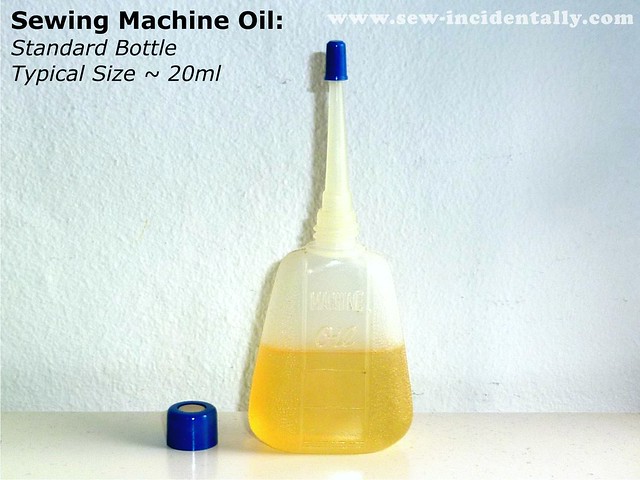



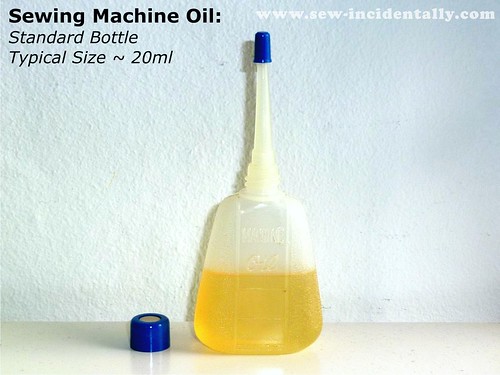
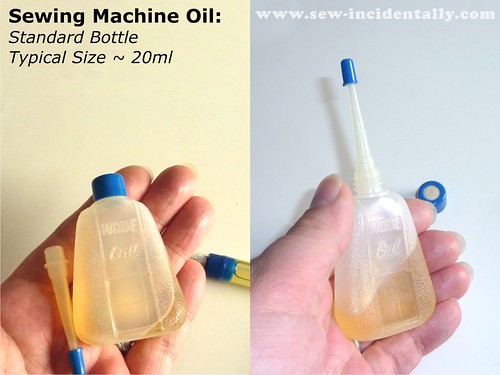
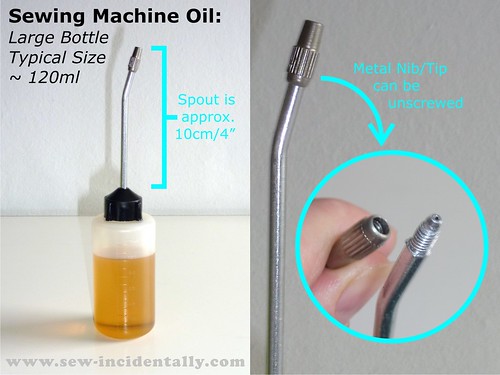
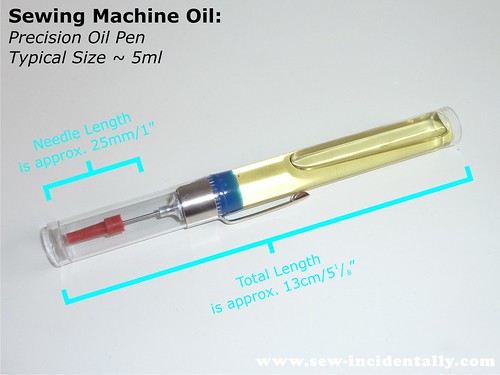
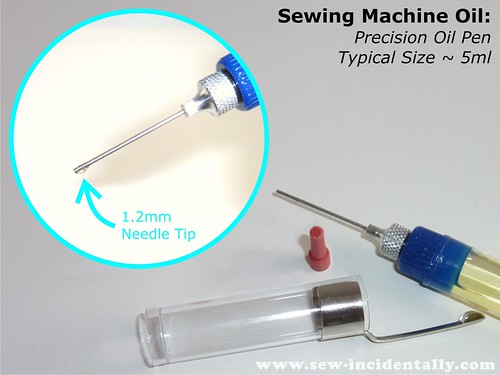
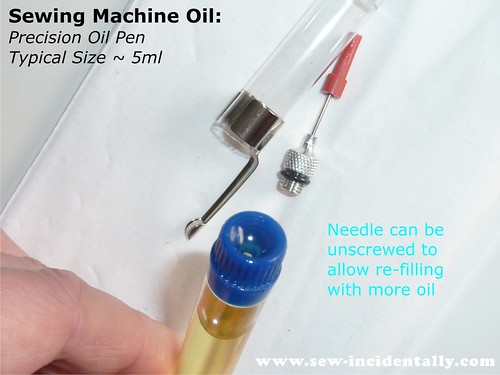
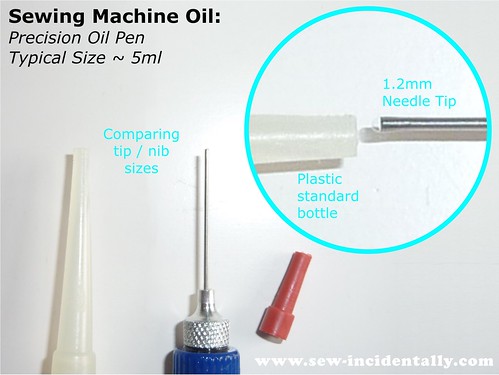






.jpg)










































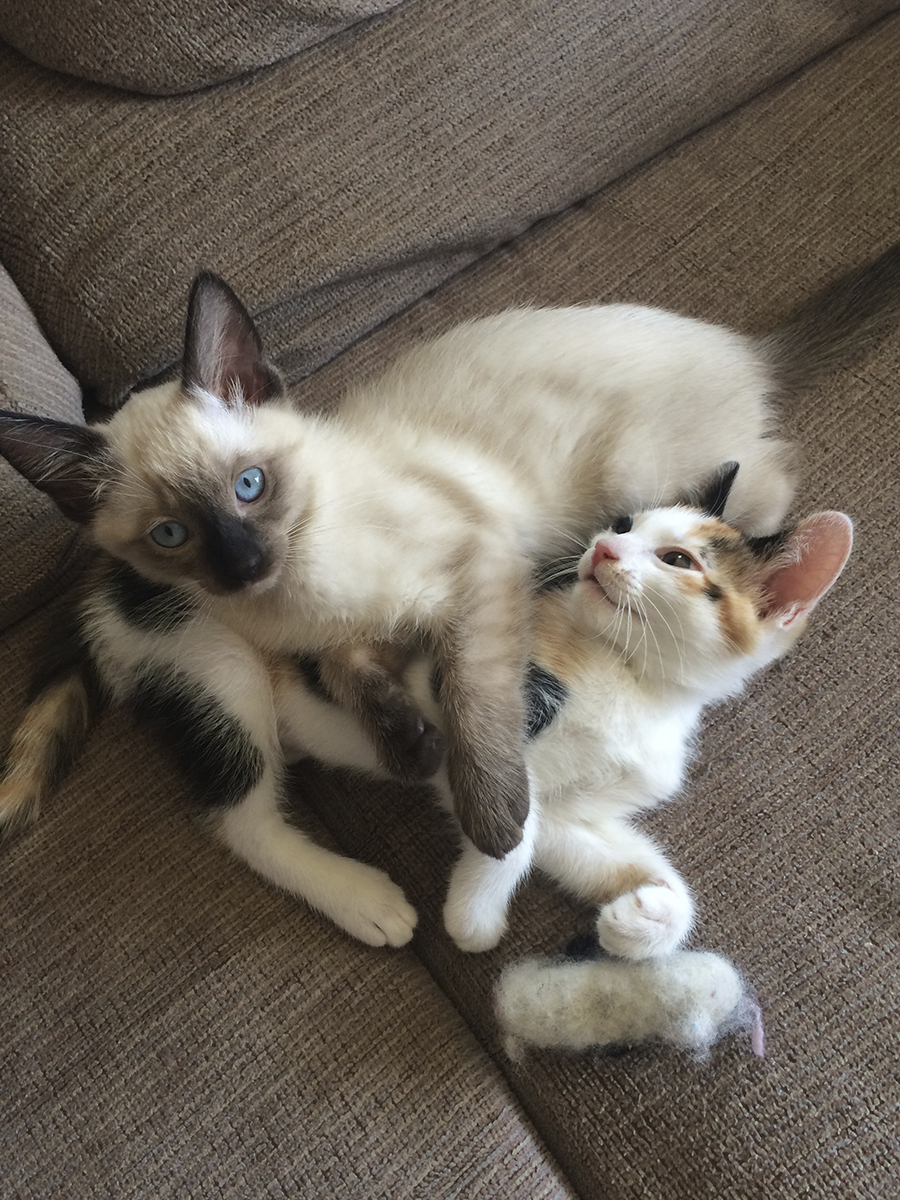

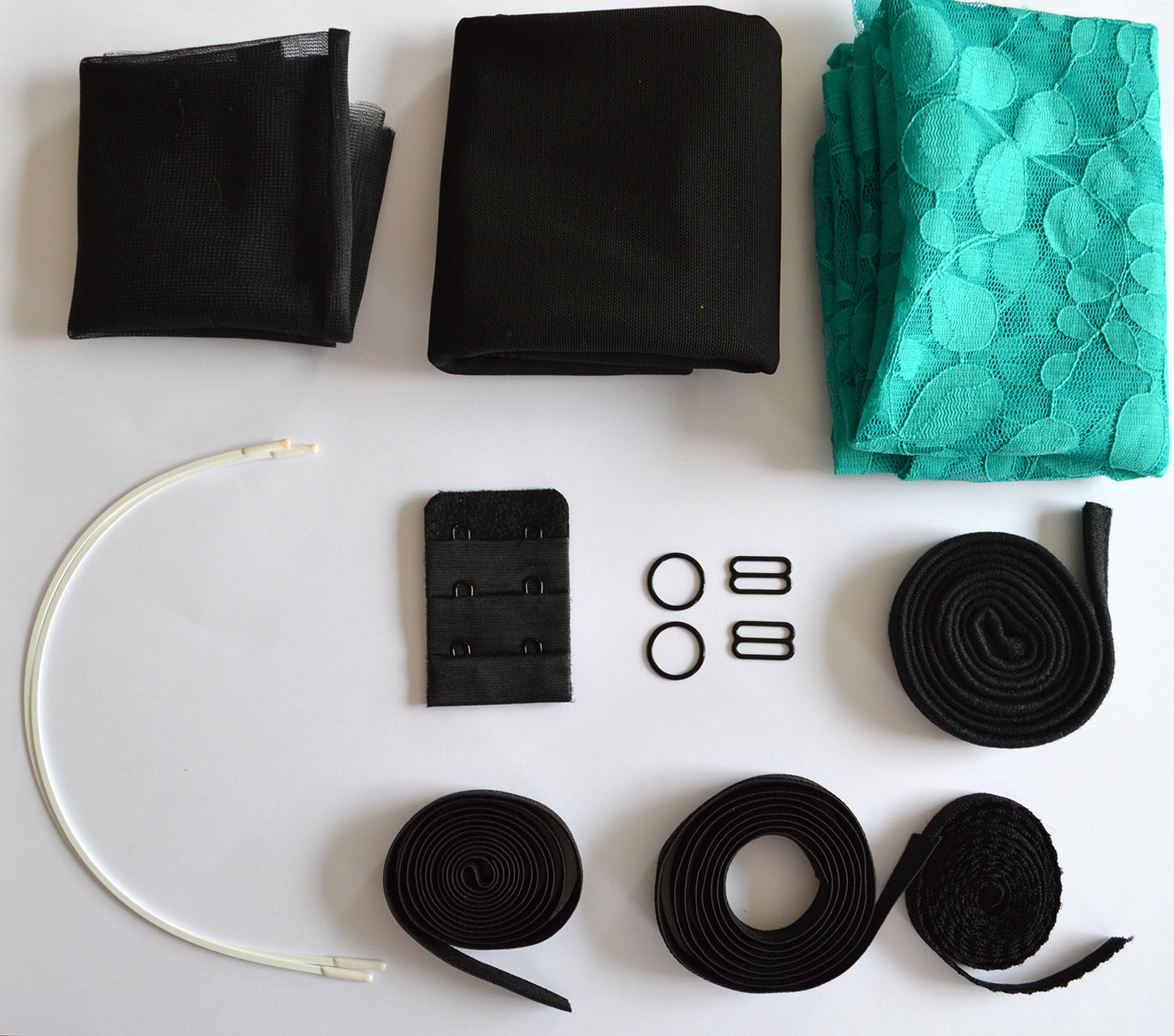














.jpg)







